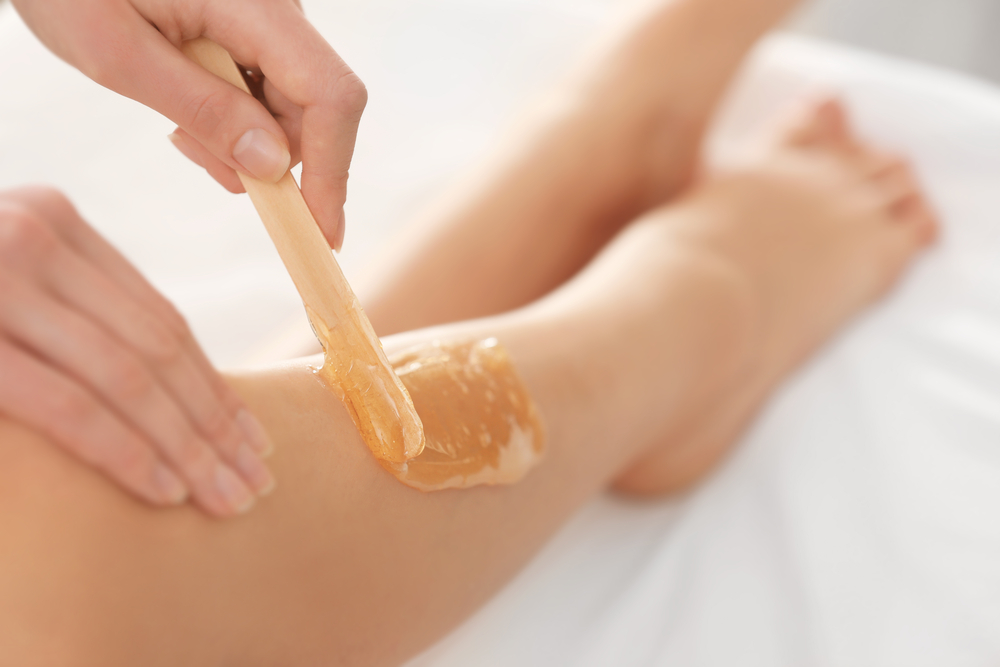Brazilian Wax: Trends 2025
Personal grooming routines continue to evolve with changing beauty standards, lifestyle preferences, and technological innovations. As we look toward 2025, Brazilian waxing remains a significant element of many individuals' self-care regimens despite the emergence of various hair removal alternatives. This traditional yet evolving practice continues to adapt to contemporary values like sustainability, comfort, and personalization while maintaining its place as a standard beauty treatment.

How Brazilian Waxing Remains Central to Self-Care in 2025
Brazilian waxing has maintained its relevance in self-care routines by evolving beyond mere hair removal to become part of holistic wellness practices. In 2025, salons increasingly frame these services within comprehensive self-care packages that emphasize the mental benefits alongside physical results. The ritual aspect of regular waxing appointments has become recognized as valuable “me time” for many clients seeking moments of pause in busy schedules.
The treatment has also become more inclusive, with services expanding to accommodate diverse body types, genders, and personal preferences. Many establishments now offer customizable waxing options rather than the one-style-fits-all approach of previous decades. This personalization has helped Brazilian waxing remain relevant by acknowledging individual comfort levels and aesthetic goals as essential components of self-care.
Innovations in Aftercare Products Improving Skin Recovery
The post-wax experience has been transformed by significant advancements in aftercare product formulations. In 2025, clients benefit from scientifically developed solutions that dramatically reduce common side effects like redness, inflammation, and ingrown hairs. Specialized serums containing ingredients like niacinamide, tranexamic acid, and advanced peptide complexes work to calm irritation while strengthening the skin barrier.
Microbiome-friendly aftercare has emerged as a major trend, with products designed to maintain healthy bacterial balance in intimate areas. These formulations help prevent post-wax infections while supporting the skin’s natural healing processes. Additionally, time-release technology in topical treatments provides extended relief throughout the 24-48 hour sensitive period following waxing sessions.
Smart aftercare systems have also entered the market, with apps that guide users through daily post-wax routines based on their skin type, sensitivity level, and treatment area. These personalized care protocols have significantly improved client satisfaction by minimizing discomfort and optimizing results between appointments.
Why Women Choose Waxing Over Alternative Hair Removal Methods
Despite the proliferation of various hair removal options including lasers, electrolysis, and advanced depilatory creams, Brazilian waxing maintains strong appeal for many consumers. The relatively accessible price point compared to permanent removal options makes it attainable for regular maintenance. Additionally, waxing provides predictable results without the varied outcomes sometimes experienced with newer technologies that depend on hair and skin color combinations.
The temporary nature of waxing also appeals to those who prefer flexibility in their grooming choices rather than permanent solutions. Many clients appreciate that waxing offers 3-6 weeks of smoothness without lifetime commitment. The professional expertise provided during salon waxing sessions—something difficult to replicate with at-home methods—ensures thorough removal with minimal missed spots.
Another significant factor is the exfoliation benefit that accompanies waxing. The process removes dead skin cells along with unwanted hair, creating smoother skin texture overall. This dual benefit remains difficult to achieve with most alternative hair removal methods, making Brazilian waxing a multifunctional treatment that delivers comprehensive results.
How Sustainability Impacts Waxing Products and Salon Services
Environmental consciousness has transformed the Brazilian waxing industry by 2025, with sustainability becoming a core consideration rather than an optional selling point. Salons increasingly use biodegradable wax formulations derived from renewable resources like sugar, honey, and plant-based alternatives to petroleum products. These eco-friendly options often contain fewer synthetic additives, appealing to environmentally conscious consumers while reducing skin reactions.
Waste reduction practices have become standard in progressive establishments, with reusable spatulas, washable cloth strips, and compostable treatment room supplies replacing single-use items. Many salons have implemented comprehensive recycling programs and water conservation systems as part of their operational standards.
Carbon-neutral certification has emerged as a distinctive competitive advantage for premium waxing studios. These businesses offset their environmental impact through participation in verified carbon reduction initiatives, appealing to clients who prioritize supporting businesses aligned with climate goals. Transparent supply chain policies that detail the ethical sourcing of waxing products have become expected by consumers rather than exceptional.
The Influence of Lingerie and Fashion on Waxing Popularity
Fashion trends continue to significantly impact Brazilian waxing preferences in 2025. The growing popularity of high-cut swimwear and intimates has maintained demand for thorough hair removal solutions. Social media influence remains strong, with influencers and celebrities openly discussing their personal grooming preferences and normalizing various styles beyond the completely bare aesthetic that dominated previous decades.
Intimate apparel brands have increasingly partnered with waxing salons to create complementary experiences, with some lingerie retailers offering waxing vouchers as purchase incentives. This cross-industry collaboration reflects recognition of how closely these self-care categories are interconnected for many consumers.
The body positivity movement has also shaped waxing practices, with many clients choosing customized approaches that align with their personal comfort rather than following strict beauty standards. This has led to greater variety in requested styles, from minimal grooming to complete removal, all viewed as equally valid choices within the self-care spectrum.
The evolution of Brazilian waxing in 2025 demonstrates how traditional beauty practices can adapt to contemporary values while maintaining cultural relevance. By embracing personalization, sustainability, technological advancement, and inclusive approaches, this self-care staple continues to meet the diverse needs of consumers seeking both physical results and moments of personal attention in their grooming routines.
This article is for informational purposes only and should not be considered medical advice. Please consult a qualified healthcare professional for personalized guidance and treatment.




